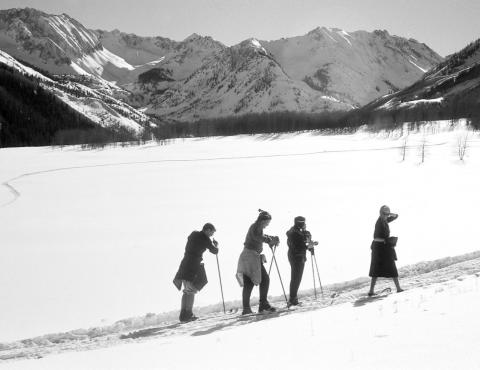
By Rick Eliot with John Caldwell
For any sport, the condition of the playing surface is vital to success. For that reason, ski-touring centers strive to provide guests with well-designed trails groomed to perfection. Over the last half-century, setting and maintaining cross-country tracks has progressed from an arduous process requiring many workers to an efficient, machine-reliant method that uses just one person to operate the levers, buttons and switches.
Before the 1960s, trail preparation required significant effort. Trails could be created simply by snowshoeing, then skiing over the route. But prepping for major events or competitions required trail crews to shovel, rake, pack—and then set parallel ski tracks. It took a lot of time and effort. Consider the early staging of the annual 50-km Holmenkollen race in Oslo, which first started in 1888. Two 25-km laps translated into roughly 15 miles of snow that needed to be shoveled, packed and prepped...
